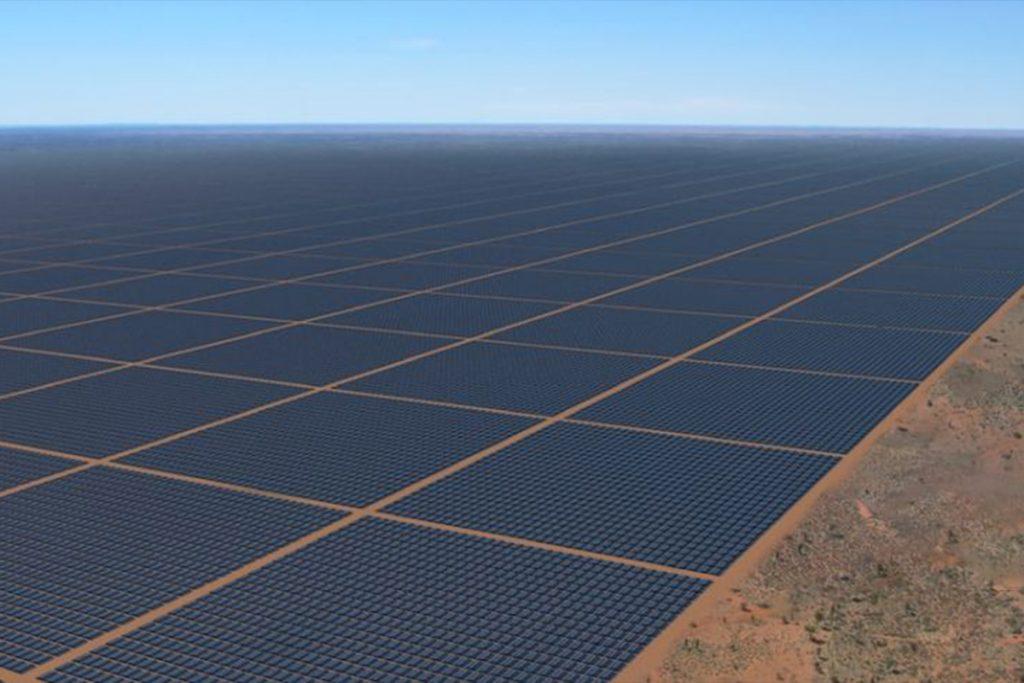
Global energy demand and associated greenhouse gas emissions have been increasing steadily since the middle of the 20th century. With power generation accounting for 41% of energy-related carbon emissions, the power sector is critical to a clean-energy transition, especially since electricity consumption is projected to increase by around 50% by 2040 compared to 2020 levels. The expected growth in electricity demand is mainly due to increased population and access to electricity, as well as electrification of the transport sector. The share of renewables in the energy mix needs to increase dramatically if we are to meet emissions-reduction targets.
Australia’s electricity contribution from renewables increased from 8% in 2008 to 21% in 2019 with generation from hydro, wind and solar. Solar capacity increased from 1.4 gigawatts in 2012 to about 20.2 gigawatts in 2020, initially due to rooftop solar installations. However, large-scale solar installations have been ramping up steadily since 2013, with many more planned. Two solar megaprojects were announced recently, the Asian Renewable Energy Hub in Western Australia and the Australia–ASEAN Power Link (AAPL) in the Northern Territory, which together will more than double Australia’s solar capacity.
Harnessing the NT’s abundant solar irradiance, the AAPL is planned to integrate a 14-gigawatt solar farm near Elliot, multiplying the NT’s current solar capacity by 88. It will be 42 times bigger than the current largest operational and registered solar farm in Australia, the Darlington Point Solar Farm in New South Wales, and the largest in the world. The solar panels deployed at the AAPL are expected to be produced locally. This aligns with a proposal for a solar array manufacturing assembly facility in Darwin that will bring economic benefits to regional manufacturing firms as well as those that build and operate the infrastructure.
The AAPL will integrate 33 gigawatts hours of battery energy storage at the solar farm to manage generation peaks and provide capacity reserve and frequency-control services. The electricity will be linked via a 750-kilometre transmission line to voltage source converters and a battery in Darwin. Electricity will be converted to high-voltage alternating current and connected to the network that powers the Darwin region, and then to a second voltage source converter for transmission to Singapore via subsea cables.
Through battery installations at the farm and at the voltage source converters, the new infrastructure will provide the type of flexibility that legacy networks currently lack and will enable the future deployment of large renewable-energy farms within the region as well as prospective small, decentralised energy systems.
The AAPL has significant potential to export green electricity to countries in the Asia–Pacific region that have little capacity for solar installations due to relatively high population densities. In the first instance, the project aims to supply 15–20% of Singapore’s electricity needs. However, it opens possibilities for other countries in Southeast Asia to access renewable electricity and reduce their greenhouse gas emissions. This will be especially important given that the region is experiencing rapid growth in electricity demand, which is currently met mainly by burning fossil fuels.
While more megaprojects will be required to meet increasing electricity demand over the next few decades, alternative developments still need to be pursued, especially those of medium- and small-scale capacity where supply is closer to demand. While high-voltage direct current transmission lines and cables, such as those proposed in the AAPL, have considerably less power losses than high-voltage alternating current lines, long distances like the more than 4,500 kilometres needed for the AAPL will still mean power losses. Covering these losses will require a larger footprint for an installation to answer the same demand.
With small- and medium-scale systems installed close to demand centres, not only are losses reduced but the footprint of renewable-energy installations is also reduced, because solar panels can be installed over existing structures. With proven enthusiasm from the Australian population in participating in the clean-energy transition (more than 25% of dwellings have a solar system), the industry has an opportunity to further encourage such behaviour. However, to enable higher rates of solar take-up, network flexibility through increased storage capacity is required.
Storage capacity can be supplied through batteries as well as hydrogen and can be of a medium size with community- or network-based storage systems, or a small size at the individual household level. Hydrogen produced through electrolysis using renewable energy and sustainable water sources, also labelled as green hydrogen, can act as both a short-term (daily to weekly) and a long-term (over seasons) storage option. In addition, both electricity and hydrogen can be provided locally for transportation with electric vehicles.
While the AAPL doesn’t currently consider hydrogen production as either energy storage or an energy vector, providing small- to large-scale hydrogen production plants would bring additional flexibility to a clean-energy system as well as assist the energy transition for the transport industry in the Darwin region.
In the race to decrease greenhouse gas emissions and limit the impacts of climate change, both mega and small-scale renewable-energy installations will play an important role. Given a favourable natural environment and especially high solar irradiance, Australia’s opportunity to deploy renewable-energy technologies at high rates cannot be missed, not only for the country’s benefit but also for the world’s.